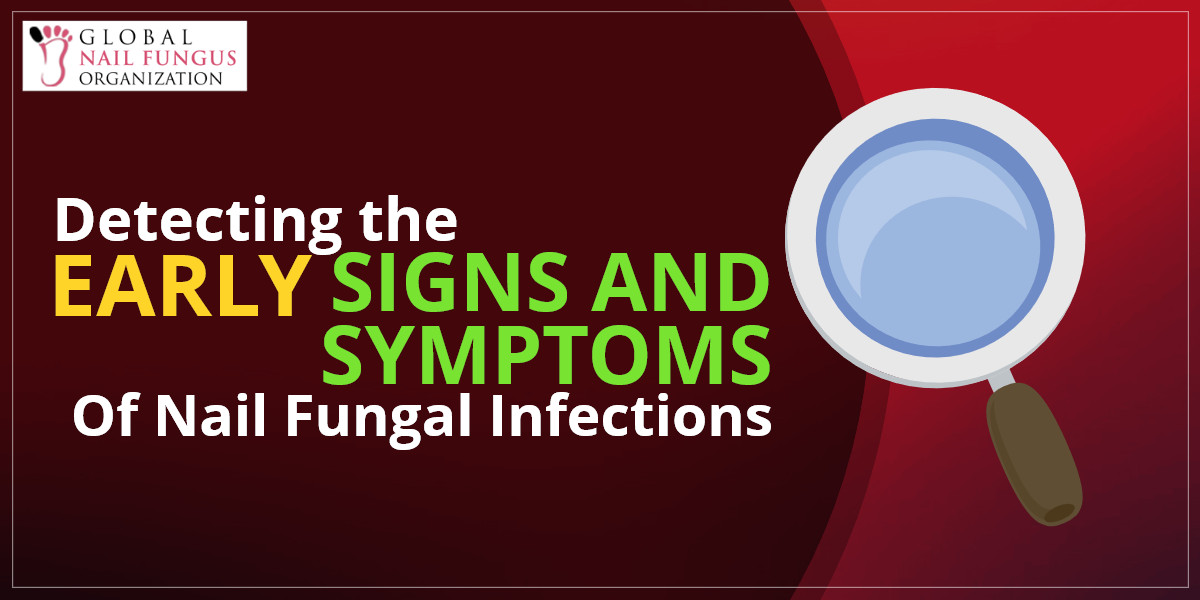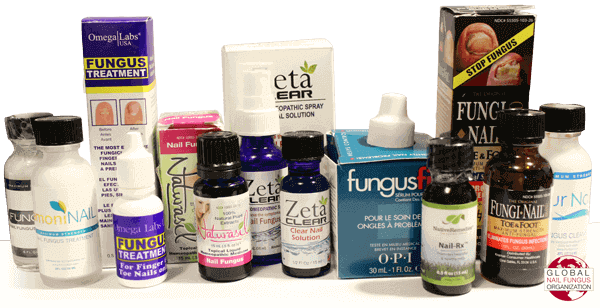 Detecting Early Signs and Symptoms of Nail Fungal Infections
Detecting Early Signs and Symptoms of Nail Fungal Infections
Table of Contents
The Beginning Stages of a Nail Fungal Infection
Finding out whether your nail is developing a nail fungus can be quite challenging. The initial signs and symptoms do not cause any discomfort, and more often than not, they are overlooked by many. Being aware of its origins and development can help you prevent the onset of a severe onychomycosis.
How Does a Nail Fungal Infection Start?
Fungi can be present anywhere in your body. They can be found in the soil or air, which makes it easy to acquire. Wet, moist, warm, and dark environments encourage fungi to overpopulate. Going to public swimming pools or gyms, taking a bath in common shower rooms, and wearing sweaty socks and heavy footwear puts you at greater risk for acquiring them.
An overgrowth in fungus can develop into an infection. It can penetrate your skin and nails, causing a myriad of fungal infections, more commonly in the form of athlete’s foot, jock itch, ringworm, and fungal nail infections. Infections caused by fungi are highly contagious. Whether they originate from the skin of your feet or groin area, there is a huge possibility that they spread in your nails as well. If fungi overgrows in, under, or on the nail, a fungal nail infection begins.
Onychomycosis is the medical term given to nail fungal infections. Currently, it encompasses at least half of all nail abnormalities. Although common, fungal nail infections are one of the most stubborn and challenging to treat. Early detection of the signs and symptoms allows you to treat the infection before it becomes severe and difficult to fix.
What Are The Earliest Signs and Symptoms of a Nail Fungal Infection?
The first sign of a nail fungal infection is discoloration. Typically, it begins with simple white spots or streaks growing on the nail. This sign can be confusing because it can also be dismissed as a scratch. If you can’t recall your nails being injured or getting hit, be wary that this may be the beginning of a nail fungal infection.
In some occasions, these spots may be black in color. Others may only think this might be build up dried blood. Then again, causing this injury should initially be painful. If it is dried up blood, you should feel uncomfortable pressing on the nail. If not, then this may also signify the onset of an infection.
After some time, the nail’s structure begins to suffer, causing it to be thickened, brittle, and crumbly. The shape and texture may also change. Deformity is present and the surface of the nail becomes rough.
Management and Prevention of Mild Nail Fungal Infection
When these signs are present, treatment should ensue as early as possible. It is in this stage that the infection is very manageable and there is a high possibility of being totally cured.
Managing a Mild Nail Fungal Infection
Treatment for nail fungus can vary from person to person. There are many types of treatments that one can try when infected with a mild nail fungus. Listed below are some recommendations:
Topical Anti-fungal Solutions
The use of topical solutions is the most ideal when curing a mild nail fungal infection. There are varieties of topical creams that are presently marketed, but only a few have effective formulations. Topical remedies that contain undecylenic acid and tea tree oil prove to be the best combination in treating fungal infections. Tea tree oil has natural antiseptic, anti-inflammatory, and anti-fungal properties. Undecylenic acid is one of the few FDA approved anti-fungal ingredients available now. When paired together, they do not only cure mild onychomycosis, they also improve the nail’s health. EmoniNail is a great topical solution that contains both these powerful ingredients.
Home Remedies
Although not thoroughly tested, specific studies on some home ingredients have shown positive results in treating mild nail fungal infections. Vicks VapoRub was tested among 18 patients and showed 56% success rate. Thymol in Vicks VapoRub was the detected anti-fungal ingredient. It is deemed to be safe and to not cause major side effects.
Some people have used more abrasive home remedies such as bleach, peroxide, and vinegar. Trying out these home remedies is strongly not recommended because they are often ineffective and cause the nail problem to worsen.
Seeking A Doctor’s Advice
If the simple home and over-the-counter treatments do not work for you, a consultation to your physician is suggested. They will be able to assess the severity of your nail problem and prescribe you the best treatment, such as oral or topical medications, surgical removals, or laser therapies.
Preventing The Recurrence of A Mild Nail Fungal Infection
Often times, nail fungal infections can recur. However, there are always preventive ways to avoid it from happening. Listed below are some precautionary tips to elude the recur of nail fungal infections.
- Regular cleaning of your hands and feet are a must. They should also be thoroughly dried.
- Trimming your nails is essential. Practice a regular nail care routine to keep them clean and healthy.
- Avoid walking barefoot, especially in public showers and locker rooms. Wear some flip flops or sandals instead.
- Keep your nail care tools personal. Don’t share nail clippers or nippers with other people.
- When visiting a nail salon, choose a salon that is clean and licensed by a cosmetology board.
Conclusion: Fight Nail Fungus Through Early Detection, Management, and Prevention
A small discolored spot in the nail may seem insignificant, but these signs may warn you of a developing nail fungal infection. Among the nail problems, nail fungal infections are one of the most frustrating, stubborn, and challenging to cure when treated in their severe condition. Detecting the early signs and symptoms of a nail fungus problem is the best way to ultimately rid you off this fungal infection. The first sign is usually some form of discoloration, followed by the change in the nail’s thickness, texture, and shape. Once nail fungal infections are recognized, the use of anti-fungal topical remedies are the most ideal if they have the combination of undecylenic acid and tea tree oil formulation. Some home remedies have been clinically tested, but the use of harmful chemicals like bleach, vinegar, and peroxide is highly discouraged. Managing a mild nail fungal infection and preventing its recurrence is easier than dealing with the costly and challenging treatment for advanced nail fungus.






